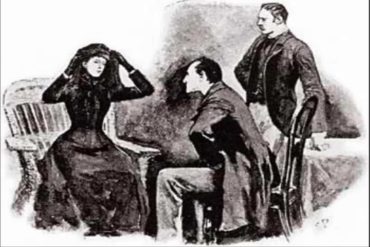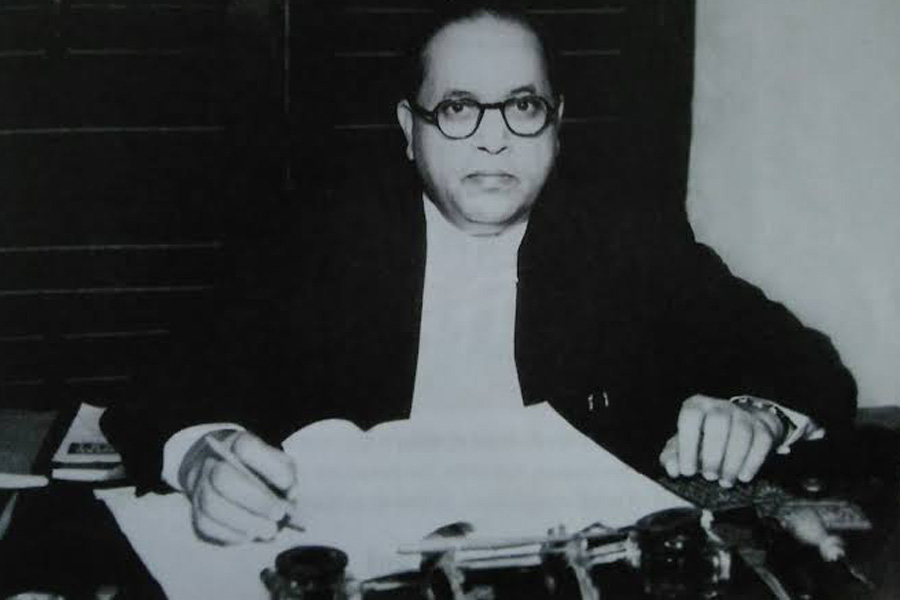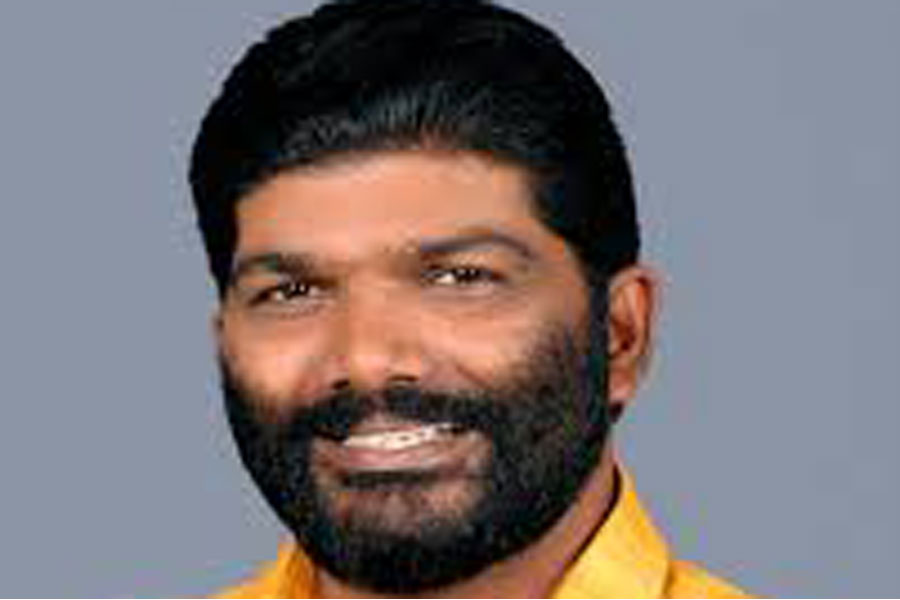When Alexander’s army swept through Turkey and reached the city of Gordius in 333 BCE, they encountered the Gordian knot. It was prophesied that the person who untied the fiendishly difficult knot would rule all of Asia. Legend has it that Alexander solved the problem with a single sweep of his sword, cutting through the knot, and went on to fulfill most of the prophecy. The Alexandrian solution is now a metaphor for thinking laterally or “out of the box”.
The annual admission to self-financing medical colleges is our own Gordian knot. Every year these college managements demand more seats and fees. The Opposition accuses the government of giving in, of corruption in high places. After a while the government accedes to a scaled-down version of the demands and things calm down. This is a yearly circus.
It is a difficult problem, one which cannot be solved by discussions or legally through the courts. These methods have been tried many times to no avail. There is indeed a simple solution, but first we must define what the problem truly is, the real Gordian knot.
To understand this we must examine what happens after the admissions are over, a matter which is ignored by all players – the striking Opposition, the government, the private managements, and even the Indian Medical Council. No one seems to be bothered by the fact that a small State like Kerala now has thirty-seven functioning medical colleges. The government has twelve of its own and plans to start two more. The rest are “self-financing”. Thus there is an average of just under three medical colleges per district. A single district, Trivandrum, has five. It would have been six had the previous government’s dream to convert the general hospital into a medical college materialised.
The question which should concern us all is not the fee structure in self-financing medical colleges. The real question – once debated intensely in Assembly sessions, college union meetings, intellectual forums, newspaper editorials and in the streets of every town and city in Kerala while massive protests raged for months on end – is whether such medical colleges should exist at all. This issue must be discussed – what are the conditions within our medical colleges, these tertiary care centers?
Conditions should logically be more or less uniform in all medical colleges since all must meet strict guidelines set by the Indian Medical Council (IMC). If these guidelines are not met, the IMC can de-recognise an institution. In practice, however, this rarely happens. Many colleges function at best at the level of a community health centre.
There are almost forty medical colleges here now, as earlier mentioned. If the resources of all these were put together and divided equally, we would have material for less than ten good medical colleges. I may be overestimating here.
The IMC has stringent criteria regarding teaching staff, paramedical staff, bed strength and patient load. They also have specifications for infrastructure – library, department rooms, hostels, lecture halls, even playgrounds and gymnasia. The council conducts periodic inspections in all colleges to see if these specifications are met. Some of these inspections are pre-planned and some are random “surprise” checks. These inspections are often farcical.
On a typical day of inspection the normally deserted campus of a private medical college fills up with vehicles and doctors, some of them from faraway places. There are doctors who become teachers only on inspection days. Wards fill up with fake patients, each with their own fake case-sheets. Fake patients are often people who live nearby and are paid for their services. With laborers from West Bengal and Bihar flooding the market, services have become cheap. One fake patient admitted in a medical college recently happened to be the principal of an engineering college owned by the same management, cheaper, no doubt, than paying a daily wages laborer.
The IMC inspectors now go through a well-rehearsed charade. They are unfailingly rude in dealing with faculty members. They shout at people and hurl documents. They order people away from their presence. Meanwhile, the management staff hover anxiously, mending bridges and soothing egos.
It is exceptional that a medical college will fail an inspection. In truly bad cases, a repeat inspection is held a few weeks later, when all defects are rectified magically. After the inspectors leave, the mob disperses. The fake patients and teachers leave after collecting their money and the campus reverts to its deserted ways.
The quality of the teaching faculty in these colleges is often low, particularly in clinical departments. This is because good quality clinicians do not like to work in places where infrastructure is poor with few options for research and other academic work. Doctors are often poorly paid compared to other private hospitals. The main income for these colleges is from students and hence there is little incentive to improve patient care.
IMC inspections occur in the government sector too and teaching staff are routinely transferred between centers for this purpose. There are simply not enough qualified teachers in the State to fulfill prescribed faculty requirements in forty medical colleges. Such whitewashing of defects would not work without the full connivance of the inspecting body.
The fact is that it is difficult for private colleges to meet all IMC regulations and still make a profit. Private medical colleges exist for making profits. They therefore keep clamoring for raising tuition fees as good money must be spent for maintaining the façade of a teaching hospital.
So now we have defined the Gordian knot – do we try to achieve and maintain IMC standards, or do we throw them out of the window? The answer is either yes or no, thus we have two options to choose from.
If the answer to this question is yes, we must then close down all private medical colleges that do not conform to IMC standards. One would then be left with a very few colleges, perhaps five or even less, which will be true centers of excellence. These institutions would make part of their profit from patients and can now think of reducing tuition fees.
If the answer is no, then we need to throw away the prescribed standards. The IMC must first revise its guidelines to accommodate all functioning medical colleges. Next they must sanction a hundred or two hundred more colleges in Kerala. In a few years the market will readjust itself and demand for these seats will reduce drastically. Tuition fees will fall down to affordable rates.
The second option is easier to enforce. Certainly the standards of medical education might fall, but it is difficult to see how things can be much worse than it is now.
In many north Indian states there are very few doctors, particularly in rural areas. To rectify the crisis a short duration condensed medical course was proposed. This decision was widely criticised by medical associations. They alleged that the step would create partially qualified quacks, a dangerous situation.
The Alexandrian solution of opening two hundred more medical colleges will be Kerala’s own method of creating fully qualified quacks, a permanent solution not just to the admission fee issue but also to the present dearth of doctors in the country.
Dr. Viswanathan K. is an orthopaedic surgeon who practices in a private hospital in Trivandrum.
Main photograph by Alex Proimos via Flickr.







